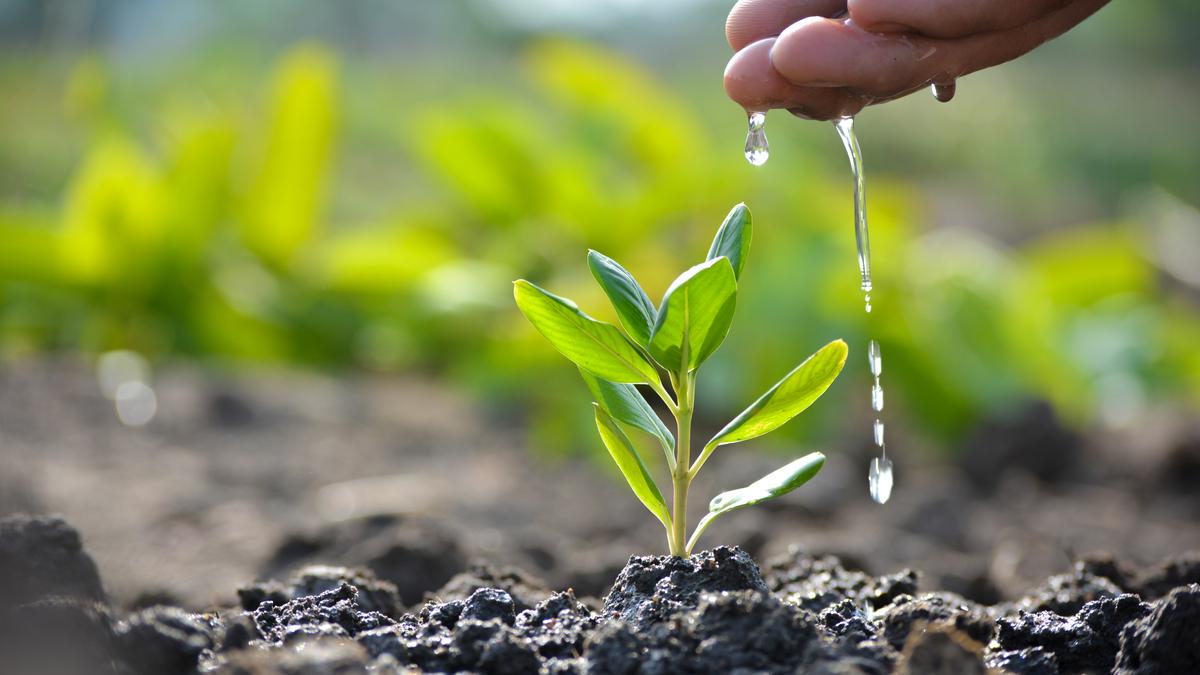April 2, 2025 report This article has been reviewed according to Science X's editorial process and policies . Editors have highlightedthe following attributes while ensuring the content's credibility: fact-checked peer-reviewed publication trusted source proofread by Bob Yirka , Phys.org An international team of geoscientists, marine geologists, climatologists, and environmental specialists has found that lingering El Niño events have increased in frequency over the past 7,000 years.
In their study published in Nature Geoscience , the group analyzed oxygen isotopes trapped in Pacific Ocean corals and used the findings to create a simulation showing occurrences of El Niño events and their lengths over time. El Niño-Southern Oscillation events are climate anomalies that occur every two to seven years, where subsurface ocean temperatures in tropical parts of the Pacific Ocean become warmer than normal for unknown reasons. Such events have been tied to changes in fish populations and climate events such as rain patterns.

More rain tends to fall on the western parts of North and South America and less rain occurs in Australia and Indonesia. These events have also been tied to longer and colder winters in the western U.S.
The research team noticed that longer-lasting El Niño events seemed to be happening more often than in the past. Long-lasting El Niño events are those that last longer than one year—typically two. To verify this, the team ventured to various parts of the Pacific Ocean, where they measured oxygen isotope levels trapped in corals.
Because corals have a long lifespan, isotope levels can be used to document the occurrence of El Niño events over thousands of years, similar to measuring changes to rings in trees. The researchers used what they found to create climate simulations going back thousands of years. They found that multi-year El Niño events have become increasingly common over the past 7,000 years—in fact, they have become five times as frequent over that span of time.
The team also noted that the amount of time that passes between El Niño events has grown slightly over the same period. Further investigation suggested that the reason for the increase in the frequency of longer events is likely tied to changes in the Earth's orbit, which have altered the amount of sunlight that strikes the oceans. The team plans to add more data to their simulation to attempt to estimate possible changes to El Niño events in light of a warming planet.
More information: Zhengyao Lu et al, Increased frequency of multi-year El Niño–Southern Oscillation events across the Holocene, Nature Geoscience (2025). DOI: 10.1038/s41561-025-01670-y Journal information: Nature Geoscience © 2025 Science X Network.
Environment

Lingering El Niño events are becoming more common: Study uncovers 7,000-year trend

An international team of geoscientists, marine geologists, climatologists, and environmental specialists has found that lingering El Niño events have increased in frequency over the past 7,000 years. In their study published in Nature Geoscience, the group analyzed oxygen isotopes trapped in Pacific Ocean corals and used the findings to create a simulation showing occurrences of El Niño events and their lengths over time.















